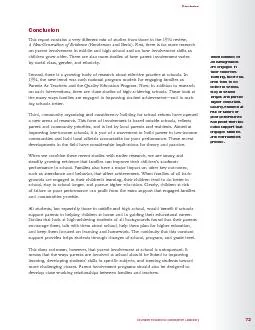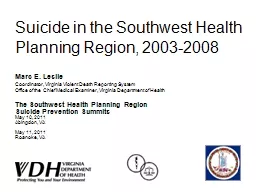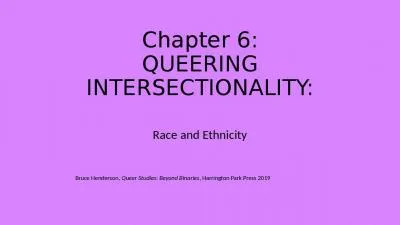PDF-Conclusion Southwest Educational Development Laboratory Conclusion This report contains
Author : olivia-moreira | Published Date : 2014-10-29
First there is far more research on parent involvement in middle and high school and on how involvement shifts as children grow older There are also more studies
Presentation Embed Code
Download Presentation
Download Presentation The PPT/PDF document "Conclusion Southwest Educational Develo..." is the property of its rightful owner. Permission is granted to download and print the materials on this website for personal, non-commercial use only, and to display it on your personal computer provided you do not modify the materials and that you retain all copyright notices contained in the materials. By downloading content from our website, you accept the terms of this agreement.
Conclusion Southwest Educational Development Laboratory Conclusion This report contains: Transcript
Download Rules Of Document
"Conclusion Southwest Educational Development Laboratory Conclusion This report contains"The content belongs to its owner. You may download and print it for personal use, without modification, and keep all copyright notices. By downloading, you agree to these terms.
Related Documents














